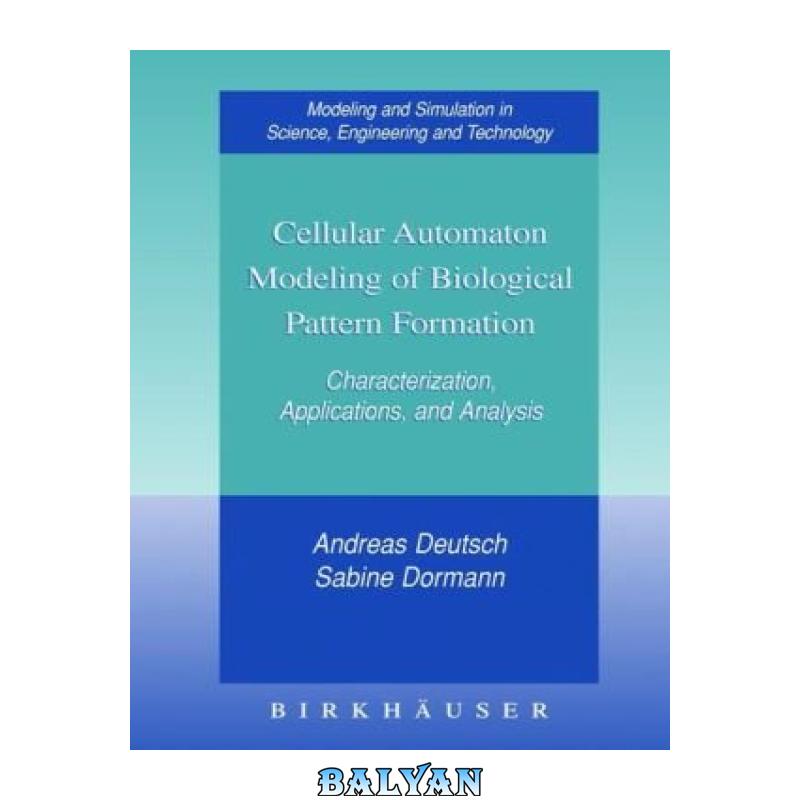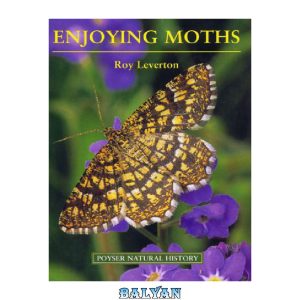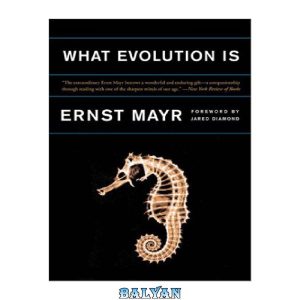ترجمه فارسی توضیحات (ترجمه ماشینی)
مدل سازی خودکار سلولی تشکیل الگوی بیولوژیکی: خصوصیات، کاربردها و تجزیه و تحلیل
این کتاب بر روی یک زمینه کاربردی چالش برانگیز از اتوماتای سلولی تمرکز دارد – شکل گیری الگو در سیستم های بیولوژیکی، مانند رشد میکروارگانیسم ها، پویایی بافت سلولی و تومورها، و تشکیل الگوهای سلول های رنگدانه. این پدیده ها، ناشی از فعل و انفعالات پیچیده سلولی، را نمی توان صرفاً از تجزیه و تحلیل تجربی استنباط کرد، اما می توان با استفاده از مدل های ریاضی، به ویژه مدل های خودکار سلولی، به راحتی آنها را بررسی کرد.
در حالی که کتاب های مختلفی در مورد مدل سازی خودکار سلولی وجود دارد، این کار بین رشته ای اولین موردی است که کاربردهای بیولوژیکی را پوشش می دهد. این کتاب به سه بخش تقسیم میشود: بخش اول به اصول کلی، نظریهها و مدلهای شکلگیری الگو میپردازد. بخش دوم مدل سازی خودکار سلولی را بررسی می کند. و قسمت سوم کاربردهای مختلف را توضیح می دهد. مدلها و تکنیکهای تحلیلی توصیفشده ممکن است به سایر کاربردهای هیجانانگیز در زیستشناسی، پزشکی و ایمنیشناسی تعمیم داده شوند.
* ارائه خودکفا برای مخاطبان وسیعی قابل دسترسی است. فقط حساب پایه و جبر خطی مورد نیاز است
* تعادل دقیق تئوری، مدل ها و کاربردهای مفید هم برای تجربی گرایان و هم برای نظریه پردازان مفید است
* شامل پیشنهاداتی برای موضوعات تحقیقاتی بیشتر
این کتاب برای محققان، پزشکان، و دانش آموزان در ریاضیات کاربردی، زیست شناسی ریاضی، فیزیک محاسباتی، مهندسی زیستی، و علوم کامپیوتر علاقه مند به رویکرد خودکار سلولی به مدل سازی بیولوژیکی. ارائه در دسترس و رویکرد میان رشته ای کتاب، آن را برای دوره های کارشناسی ارشد و پیشرفته و سمینارهای زیست شناسی ریاضی، بیومدلینگ و زیست محاسباتی مناسب می کند.
This book focuses on a challenging application field of cellular automata–pattern formation in biological systems, such as the growth of microorganisms, dynamics of cellular tissue and tumors, and formation of pigment cell patterns. These phenomena, resulting from complex cellular interactions, cannot be deduced solely from experimental analysis, but can be more easily examined using mathematical models, in particular, cellular automaton models.
While there are various books treating cellular automaton modeling, this interdisciplinary work is the first one covering biological applications. The book is divided into three parts: Part I deals with general principles, theories, and models of pattern formation; Part II examines cellular automaton modeling; and Part III explains various applications. The models and analytic techniques described may be extended to other exciting applications in biology, medicine, and immunology.
* Self-contained presentation is accessible to a broad audience; only basic calculus and linear algebra are required
* Careful balance of theory, models, and applications useful to both experimentalists and theoreticians
* Includes suggestions for further research topics
The book is aimed at researchers, practitioners, and students in applied mathematics, mathematical biology, computational physics, bioengineering, and computer science interested in a cellular automaton approach to biological modeling. The book’s accessible presentation and interdisciplinary approach make it suitable for graduate and advanced undergraduate courses and seminars in mathematical biology, biomodeling, and biocomputing.












نقد و بررسیها
هنوز بررسیای ثبت نشده است.